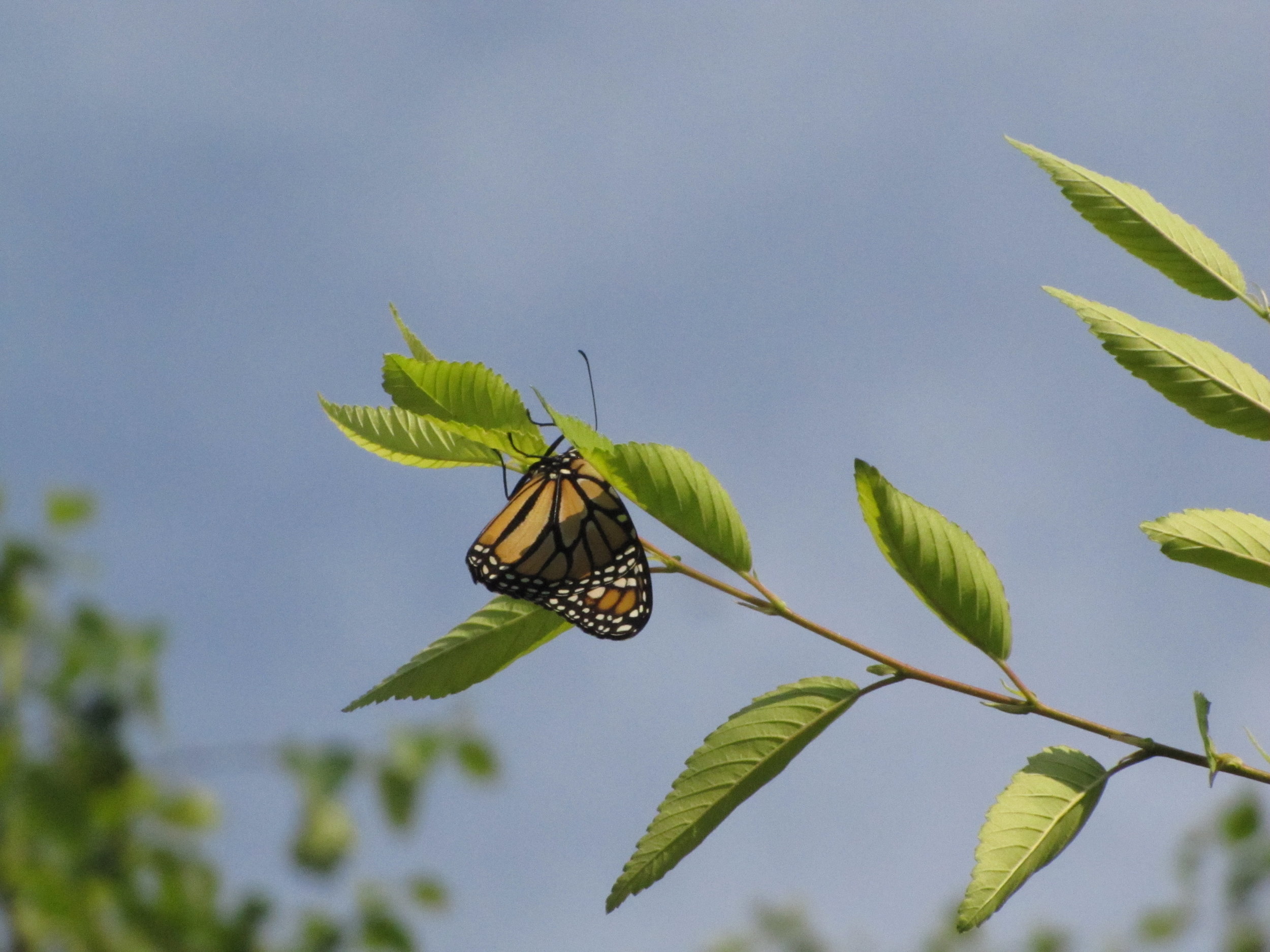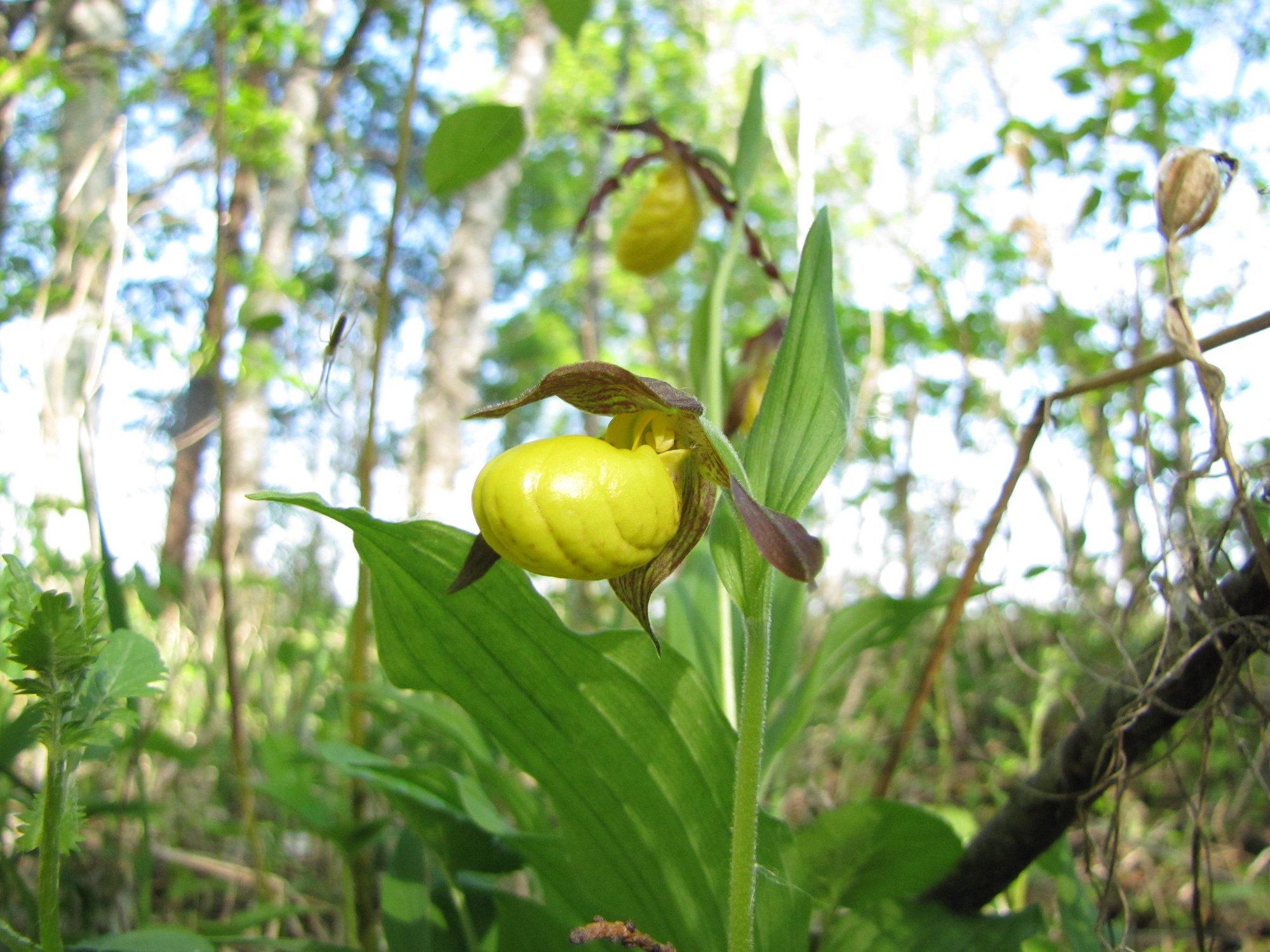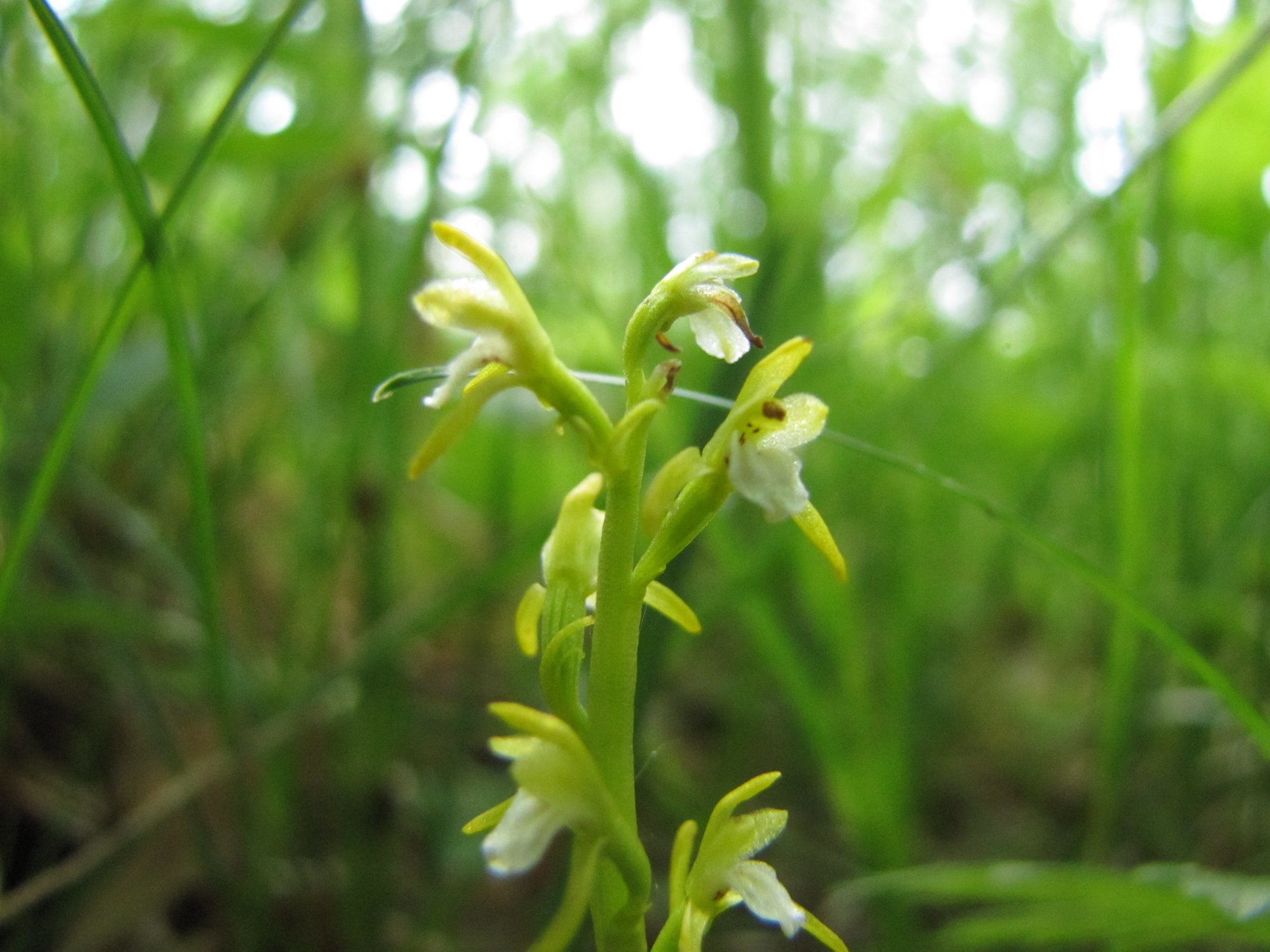We all are waiting. Seeking that smell in the air. Looking for green foliage. Signs that spring is really coming. It is slow starting this year. With the ground still frozen, the green hasn't quite started. Some plants, like Skunk Cabbage, create their own heat and will push up through snow to begin the year. I haven't seen any around here, but we are on the edge of their territory, so maybe this will be the year I find them! The Pussy Willows don't seem to mind the cold, their soft grey buds easy to spot with no leaves around. Watercress has been growing all winter in the warm(er) water of the springs that abound on Camphill Land. The lichens and moss are always visible, even when seemingly dormant.
The land seems so bare, compared to the lush greens of summer. It is a good time to learn the bones of the land. Hills are visible, low spots obvious, water seeping up out of nowhere to add to the spring runoffs. Soon. I promise you. Spring is almost here.
But in the meantime, lets reminisce about green gone by! If you missed my slideshow, you missed hearing the numbers of last summer. Let's start with plants that I identified. 240 species. That is a good number, considering that before then my plant IDing skills were not very good. But there is nothing like jumping right in and doing something to get better at it! There are still some plants that I have not ID'd, either from not getting good enough photos of the correct parts, or just my inability to find them in the books. This count of plants included the shrubs (highbush cranberry, etc) but not the trees. For a tree count I stand at 28 species. This is a low number for two reasons. One is that there are a bunch of willows that I have yet to decode, and second, I didn't include most of the coniferous trees because most of those have been recently (within the last 50 years) planted here. The exceptions are the cedars, junipers, and tamarack. Fungi. Where do I start? I have over 125 photos of obviously different species, but only have names for a handful of them. Id is difficult, sometimes requiring chemical testing to determine species. I will narrow down more of those this summer. The same with the lichens. At least a half a dozen kinds, and another 8 types of mosses. No names for most, more work to do.
The other life I saw was more mobile. While I intended, and for the most part was successful in, just looking for plants, other things crossed my path. Twelve mammals or their sign. More than twenty one species of Dragonflys/damselflys (one a new county record!). Butterflies and Moths Id'd at more than forty species. There were more that thirty-two other species of insects that caught my attention long enough to snap a photo. If you add in the 180 bird species I witnessed two years ago, it all adds up. In fact, it adds up to over 692 species that share the land with you! And that is just the tip of the iceberg, so to speak. I know there were plants that I missed. Lots of insects that I didn't see, or passed right by.
So, as soon as spring starts, I will be out there again, prowling from wood to swamp. When it does come it will come in with a primal rush, everything needing to grow, reproduce and die in the few short weeks of spring before the overhead foliage shades out the forest floor. We are at the starting gate...waiting...











